DUBROVNO REGIONAL EXECUTIVE COMMITTEE
Address:
18 Komsomolskaya Street, Dubrovno, Vitebsk Oblast, 211587
Phone:
8 (02137) 5-45-01
Fax:
8 (02137) 5-45-25
E-mail:
dubrovno_rik@vitobl.by
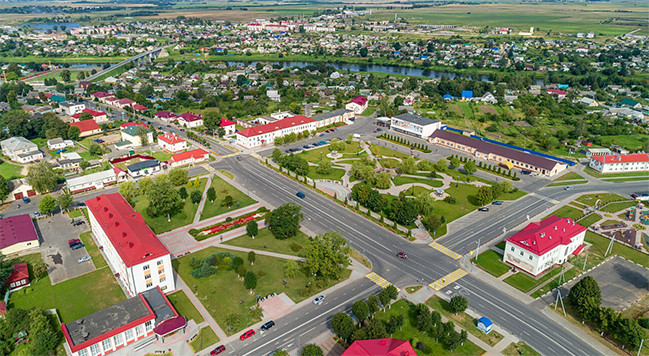
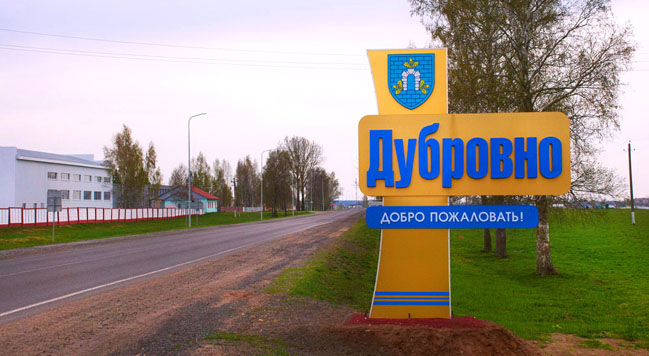

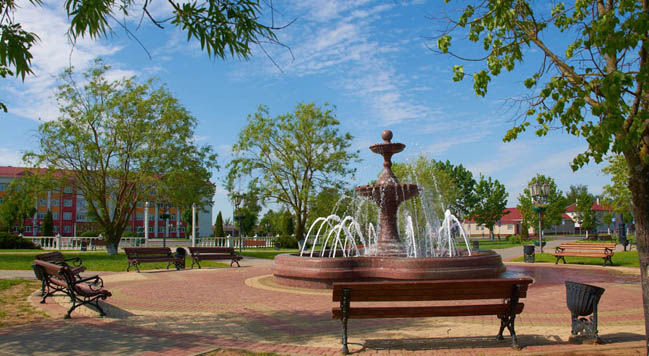
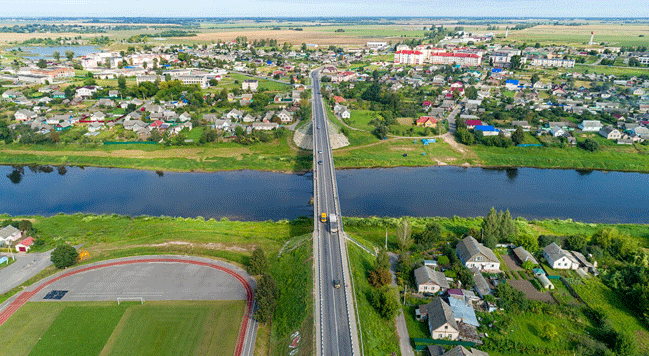
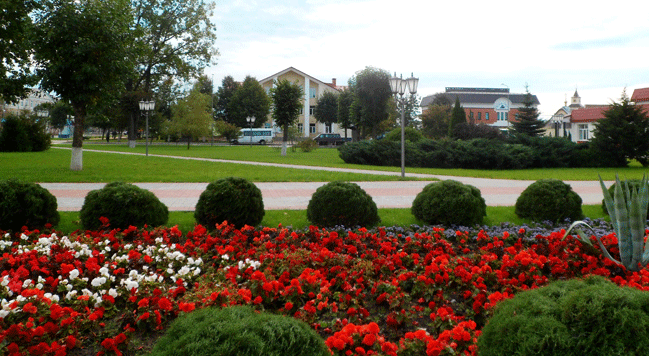






About the dangers of goldenrod and the threat of fines for using it in landscaping
The Novopolotsk city and district inspection of natural resources and environmental protection once again reminds us of the dangers of goldenrod and the threat of fines for using it in landscaping.
The yellow panicles of this tall grass are familiar to everyone. Some saw thickets in the wastelands, while others planted them behind the fence as a decorative autumn flower. Summer residents even gave goldenrod a name - “Belarusian mimosa”. True, the only thing this weed has in common with a delicate flower is its color. The homeland of goldenrod is North America. Its uncontrolled spread leads to oppression and complete displacement of other plant ecosystems. Local flora and fauna are changing. Goldenrod takes over territories very quickly. It has no natural enemies among plants, animals or insects. Each bush produces up to one hundred thousand seeds, which have high germination rates. Over the years, the rhizomes begin to release toxic substances into the soil that inhibit the growth of other plants.
To preserve biological diversity, the Ministry of Natural Resources has banned the distribution in Belarus of ash maple, black locust, Sosnovsky's hogweed, Mantegazzi's hogweed, Canadian goldenrod, giant goldenrod, hemp, soporific poppy, and Echinocystis lobes.
People themselves help spread goldenrod: they decorate their front gardens with the unpretentious plant and plant it in cemeteries. Hidden advertising also contributes to this. A well-known Belarusian clothing brand, presenting its new autumn collection, gave goldenrod branches to the models. And florists were busy inserting yellow tassels into holiday bouquets for September 1st.
The Ministry of Natural Resources and Environmental Protection reminds of the inadmissibility of using invasive plants in landscaping and promises to impose fines for their spread. For non-fulfillment, improper or untimely fulfillment of requirements for the destruction of goldenrod issued by the bodies of the Ministry of Natural Resources and executive committees, administrative liability is provided under Article 24.1 of the Code of Administrative Offenses with a fine of up to 20 basic units.
How to destroy?
If goldenrod does not spread very widely in the area, a mechanical method is suitable - repeated mowing during the season even of small shoots up to 15 - 20 centimeters. For large areas it is better to use herbicides or a combined method. If goldenrod grows in a flowerbed, then every year, as soon as the panicle begins to darken (which means seeds will soon appear in place of the flowers), it should be cut off and be sure to be disposed of in compost pits (at a depth of 40 cm). The rhizome also needs to be removed, dried, thrown away or burned.









